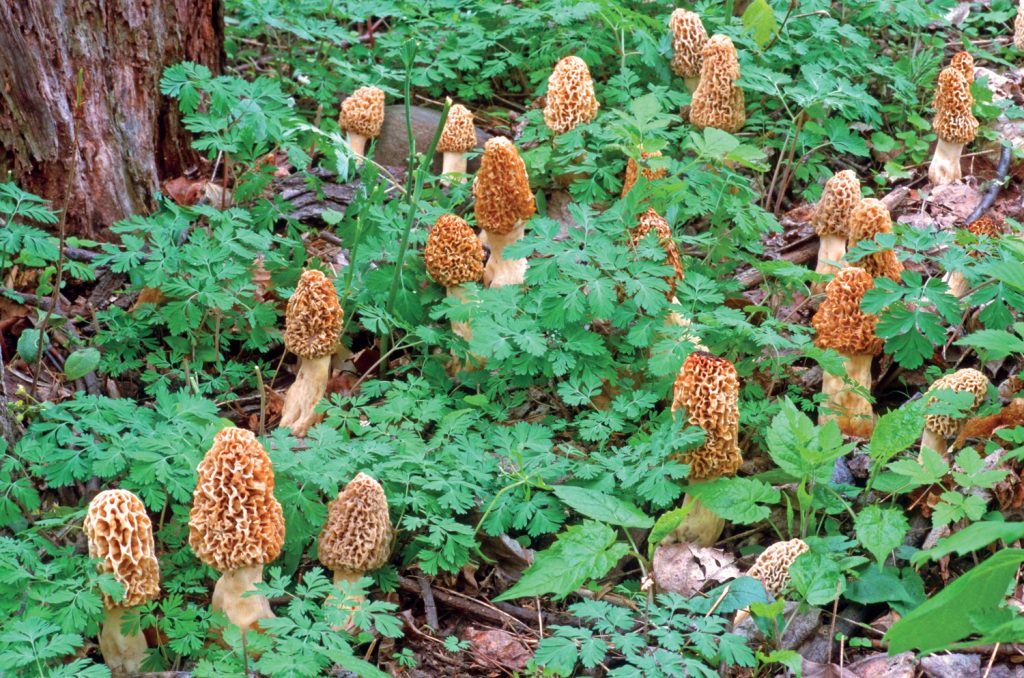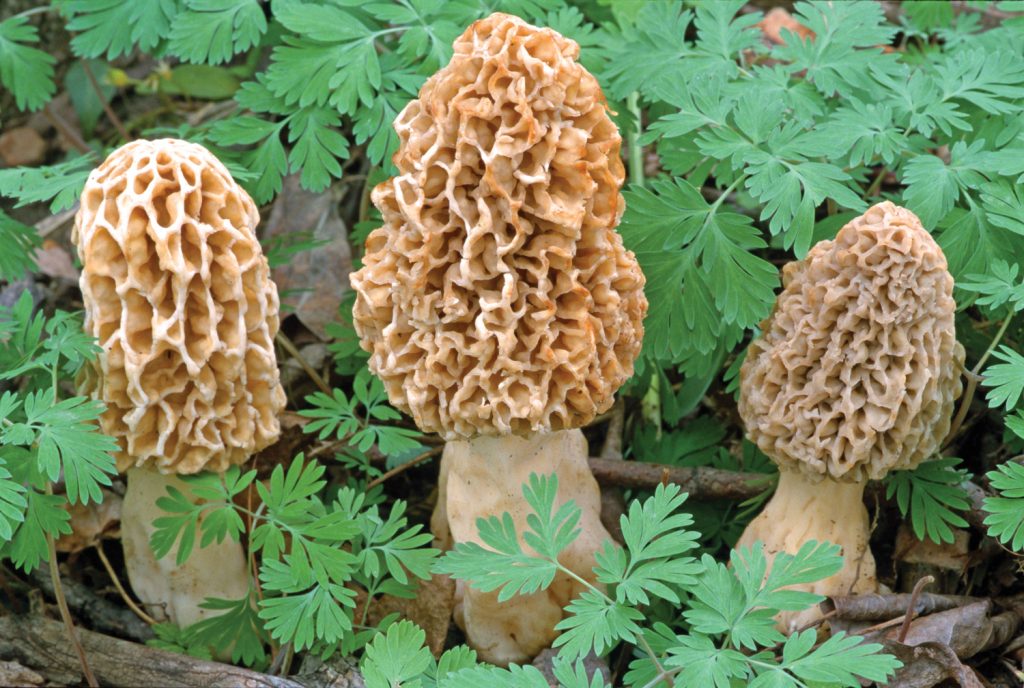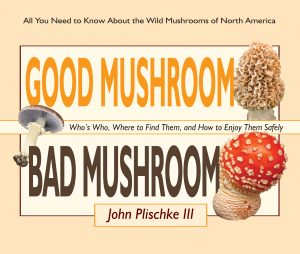After a winter that felt like it would never end, one of the best parts of spring and warm weather is mushroom hunting!
Perhaps the most popular mushroom (at least in America) is the Morel. And for good reason: Morel mushrooms are easy to identify, relatively common and taste delicious (Morels are arguably the most delicious mushroom out there!). If you’re lucky enough to have a super secret Morel spot, you can sell Morels to your local grocery store and/or restaurants and make some serious cash ($14-$20 per pound, in most cases).

Picking and eating wild mushrooms can bring a sense of pride and joy to any outdoor lover, but if you’re a newbie to the mushroom hunt, you need to be aware of the dangers too. Mushrooms can be dangerous or even deadly if you pick and eat the wrong one. On your first mushroom hunt, we suggest asking someone with mushroom-picking experience to tag along. Or reach out to your regional mushroom club. They’re the local pros and might even share their secret spots with you.
Here’s some tips on finding and identifying Yellow Morels (Morchella esculenta) from GOOD MUSHROOM BAD MUSHROOM by John Plischke, plus an easy recipe for Morels stuffed with crab meat. Yum!
DESCRIPTION
Usually 2 1/4″ – 12″ tall
Flesh: Thin and can be a little brittle
Cap: 1″ – 6″ tall and 3/4″ – 3″ wide or wider. Shaped like a conical bullet with a rounded tip. Cap is typically about twice as tall as it is wide. Light tan to yellowish or yellow brown, and can sometimes be darker in the pits with age or drying. Can become orangish in a few little spots. It resembles a sponge and is a darker color than the stalk. The pits are usually taller than they are wide: 1/8″ – 3/4″ tall, 1/8″ – 1/2″ wide and 1/8″ – 1/2″ deep. Pits and ridges are very irregular in shape. The base of the cap is connected to the stalk.
Stalk: 1 1/4″ – 5″ tall and 1/2″ – 2 1/2″ wide. Not as wide as the caps where they connect, nor as tall. The wall of the stalk is not very thick. White to cream; lighter in color than the cap. Can be granular. Hollow, often becoming a little wider going towards the base.
WHERE, WHEN & HOW TO LOOK
Where: On the soil under apple trees (Malus) and in old abandoned apple orchards. The apple trees have to be dying or at least potentially dead. Ideal locations: orchards that have turned into woods with other species of taller trees crowding them out. Currently harvested orchards are typically not productive. Also, look under dead and dying elms infected by Dutch elm disease. Morels can appear for several years after the elm has died. Tulip poplars are also productive trees. Occasionally, Morels grow under ash, hawthorn, beech, cottonwood, sycamore, oak and fruit trees, such as cherry or pear, and in old burned areas. In some parts of North America, they can be found under alder and evergreens.
When: April through June in the East, but typically only a two month season, which is affected by location. This Morel grows across North America but seasons vary. Picked in February in parts of California.
How they appear: Typically found singy to scattered or in small groups. Larger elm trees and western burns can occasionally produce windfalls.
How common… how rare? Occasional or common.
LOOK-ALIKES
Other species of True Morels (Morchella sp.), which can differ in shape and color but also have sponge-like caps and are hollow inside. The poisonous False Morels (Gyromitra sp.), which look like a wrinkled brain or are saddle-shaped and lack the sponge-like holes. The poisonous Thimble Cap Morels (Verpa sp.), which differ by having caps without holes that are attached to the stalk only at the top of the cap. The poisonous Helvella species (those that resemble Morels), which are saddle shaped or lobed and are not sponge-like.
EDIBILITY
Edible and Delicious. Excellent pan-fried in butter.

MORELS STUFFED WITH CRAB MEAT
2 dozen large Morels
1 egg
1/2 cup breadcrumbs
1 8-ounce can crabmeat
1 tablespoon fresh chives
salt and pepper to taste
Large Yellow Morels work best. Use a mushroom brush and clean the Morels. Cut the mushrooms in half lengthwise and set aside. Combine all the other ingredients, except the mushrooms, and mix well. Stuff the Morels and place them on a non-stick cookie sheet. Bake at 350 degrees for 15 to 20 minutes. Serves 4.

To purchase a copy of Plischke’s GOOD MUSHROOM BAD MUSHROOM, click here.
[shareaholic app="share_buttons" id="4643021"]Be the first to leave a comment on this article!
Leave a Reply